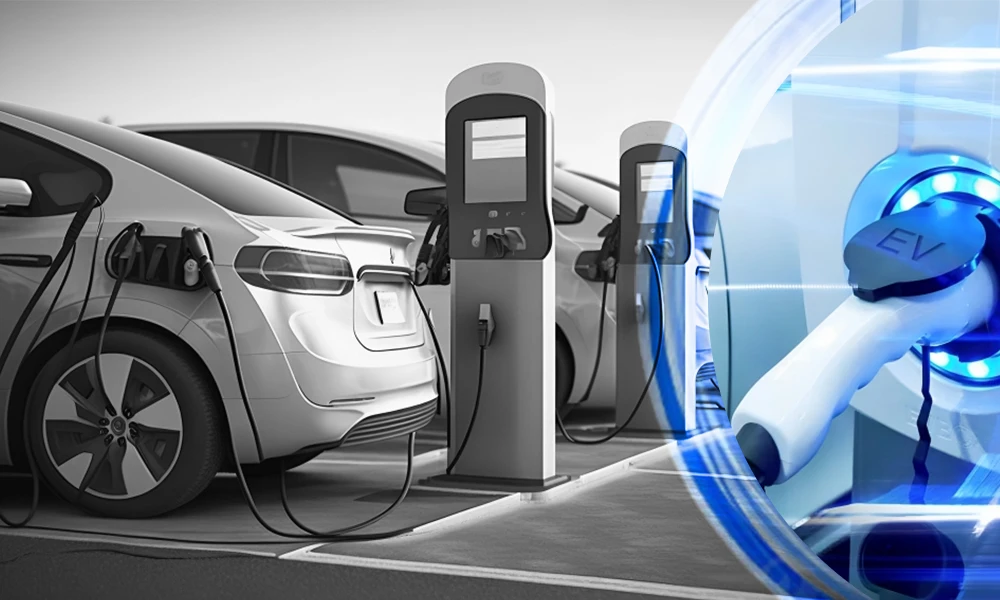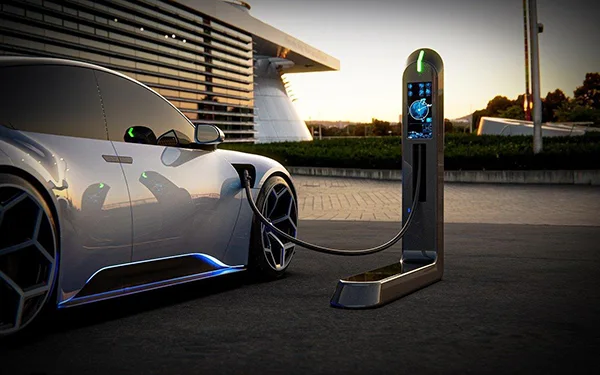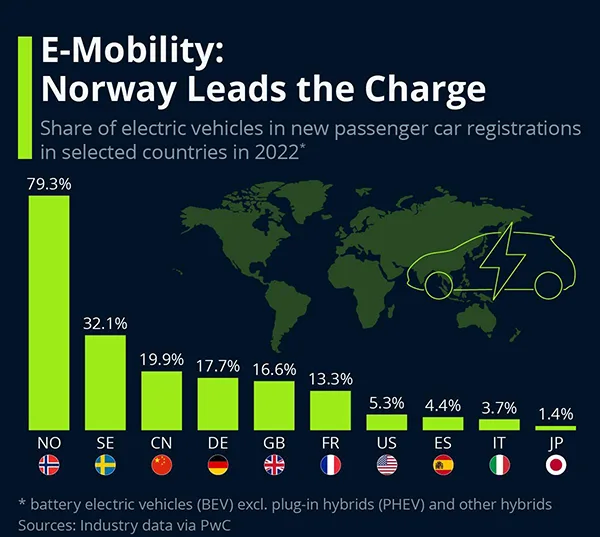Building an EV Charging Network: The Future of Mobility


The development of an extensive charging infrastructure for electric vehicles (EVs) is a major factor in shaping the future of mobility. This article examines the importance of such infrastructure and identifies key challenges involved in building a network.
It also explores government initiatives that drive the adoption of stations, as well as innovative technologies that revolutionize the future of EV charging.
Moreover, this article highlights the role of partnerships in expanding the reach and accessibility of charging networks.
The Importance of an Extensive Charging Infrastructure
The establishment of a comprehensive EV charging network structure plays a vital role in facilitating the widespread adoption of electric vehicles and promoting sustainable mobility. An extensive network is necessary for three main reasons: economic benefits, consumer behavior, and overall environmental impact.
Firstly, the economic benefits of investing in robust facilities are significant. It creates job opportunities in manufacturing, installation, and maintenance. Plus, it stimulates local economies by attracting businesses such as restaurants or shops near these stations.
Secondly, consumer behavior is influenced by the availability and accessibility of options. Range anxiety is one major concern for potential owners; therefore, having a reliable network eases this fear and encourages more consumers to transition to electric vehicles.
Lastly, an extensive infra reduces greenhouse gas emissions by replacing traditional fossil fuel-powered vehicles with clean energy alternatives. This results in improved air quality and reduced dependence on fossil fuels for transportation purposes.
Key Challenges in Building an EV Charging Network
One of the key challenges in establishing a comprehensive infrastructure for electric vehicles is ensuring widespread accessibility to charging facilities. This challenge encompasses both cost implications and scalability challenges.
Firstly, there are significant costs associated with installing stations across a wide geographic area. These costs include the purchase and installation of equipment, as well as the necessary electrical upgrades to support the increased demand for power. Besides, maintaining and operating them also incurs ongoing expenses.
Secondly, scalability poses a challenge in terms of meeting the increasing demand for charging as more individuals switch to electric vehicles. It requires careful planning and coordination to ensure that there are an adequate number of positions available in areas where electric vehicle adoption is high or projected to increase rapidly.
Overcoming these challenges is paramount in order to facilitate the widespread adoption of electric vehicles and promote sustainable mobility solutions.
Worth having a glance at: Electric Scooter vs. Electric Motorcycle: Which One Should You Get?
Government Initiatives Driving the Adoption of EV Charging Stations
Government initiatives play a major role in promoting the widespread adoption of electric vehicle charging stations. In order to encourage the deployment of infrastructure, governments around the world have implemented various measures and incentives.
One such initiative is the provision of financial incentives or subsidies to individuals or businesses who install posts. These incentives aim to offset the high upfront costs associated with establishing facilities and provide an incentive for private entities to invest in this technology.
Also, governments have also facilitated public-private collaborations to build a network of automobile charging posts. By partnering with private companies, governments can leverage their resources and expertise, also ensuring that the infra is built efficiently and effectively. This collaboration allows for faster deployment and ensures that they are strategically located to meet consumer demand.
Overall, government initiatives, including incentives and public-private collaborations, are needed to drive the adoption by providing support and encouraging investment from both public and private sectors.

These statistics show the global race between countries where people prefer to buy electric vehicles. Norway ranks on the top with almost 80% of new buyers going for EVs, followed by Sweden, China, Germany, and Britain.
Innovative Technologies Revolutionizing the Future of EV Charging
Innovative technologies are reshaping the landscape of electric vehicle charging infrastructure, driving advancements in efficiency and convenience.
One such technology is the smart grid, which integrates renewable energy sources with traditional power grids to optimize the process. By utilizing real-time data and advanced communication systems, the smart grid enables intelligent strategies that minimize costs and maximize energy utilization.
Moreover, wireless charging is emerging as a promising solution for EV owners. This technology eliminates the need for physical connections between the vehicle and charger by using electromagnetic fields to transfer power wirelessly. The wireless alternative offers convenience and ease of use, as vehicles can simply park over designated pads or drive over embedded chargers to initiate automatic charging.
These innovative technologies are revolutionizing the future by making it more efficient, convenient, and user-friendly.
The Role of Partnerships in Expanding the Reach of EV Charging Networks
Partnerships play a pivotal role in the expansion and accessibility of electric vehicle (EV) charging infrastructure. To effectively build a comprehensive network, expanding partnerships and establishing strategic collaborations are vital.
These partnerships bring together various stakeholders, including governments, utility companies, automakers, and technology providers, to address the challenges associated with building an extensive infrastructure.
By forming alliances with local governments, automobile charging service providers can gain access to public lands and incentives for installing chargers. Collaborations with utility companies enable the integration of stations into the existing electrical grid system when mitigating peak demand issues. Automaker involvement in partnerships helps ensure that facility is readily available for their customers.
Strategic collaborations also facilitate the sharing of expertise and resources among different entities involved in networks. This collective effort enhances efficiency in planning and deploying chargers at optimal locations, resulting in increased accessibility for the owners.
- The Importance of an Extensive Charging Infrastructure
- Key Challenges in Building an EV Charging Network
- Government Initiatives Driving the Adoption of EV Charging Stations
- Innovative Technologies Revolutionizing the Future of EV Charging
- The Role of Partnerships in Expanding the Reach of EV Charging Networks










